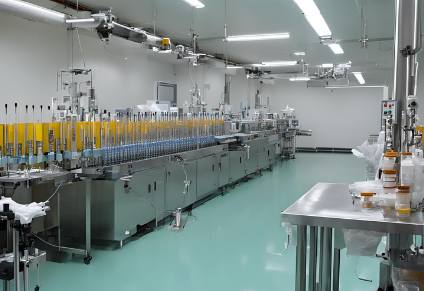Views: 0 Author: Site Editor Publish Time: 2025-03-19 Origin: Site








Did you know that the wall thickness of an extruded plastic product can directly impact its strength, flexibility, and production efficiency? If the wall is too thin, structural integrity may be compromised. Too thick, and material waste increases. So, what is the minimum wall thickness for plastic extrusion? This guide explores the key factors influencing thickness limitations and how to determine the optimal specification for your application.
Different plastic materials have varying flow properties, shrinkage rates, and structural integrity, which influence the minimum achievable wall thickness.
· Rigid plastics (e.g., PVC, ABS) require thicker walls to prevent brittleness.
· Flexible plastics (e.g., LDPE, TPU) can sustain thinner walls due to elasticity.
· High-temperature plastics (e.g., PEEK, PPS) demand specific thickness for thermal stability.
The chosen material must balance manufacturability with performance.
The extrusion die directly determines the shape and thickness of the final product. Advanced die designs allow for:
· Precise control of wall thickness variations.
· Uniform material distribution to prevent weak points.
· Adjustments for different plastic flow behaviors.
A well-designed die minimizes defects like thinning or inconsistent wall thickness.
Plastic extrusion involves multiple variables that influence wall thickness consistency:
· Extrusion speed: Faster speeds may cause uneven wall thickness.
· Cooling rate: Rapid cooling can lead to warping or shrinkage variations.
· Air pressure (for hollow profiles): Improper pressure leads to collapsed walls or inconsistent thickness.
Careful control of these factors ensures optimal product quality.

Medical-grade plastic tubing often requires ultra-thin walls for flexibility and functionality. Typical thicknesses range from 0.005 inches (0.127 mm) to 0.020 inches (0.5 mm) depending on the application.
Extruded plastic parts in the automotive industry, such as fuel lines and wire insulation, generally maintain 0.030 inches (0.76 mm) to 0.080 inches (2 mm) thickness for durability.
Plastic films and flexible packaging materials can have walls as thin as 0.002 inches (0.05 mm), allowing cost efficiency while maintaining product integrity.
1. Select the right material: Choose a plastic that supports thin-walled extrusion without compromising strength.
2. Optimize die design: Work with precision-engineered dies to achieve uniform thickness.
3. Fine-tune process parameters: Adjust speed, cooling, and pressure for consistent results.
4. Perform quality control: Use measurement tools like laser micrometers to ensure compliance.
By following these steps, manufacturers can reduce material waste while maintaining product quality.

Achieving the minimum wall thickness for plastic extrusion depends on material properties, die design, and process control. Whether manufacturing medical tubing or automotive components, optimizing these factors ensures efficiency and durability.
Need expert advice on plastic extrusion? Contact us today for consultation and customized solutions!
To minimize variations, maintain consistent material temperature, fine-tune extrusion speed, and ensure proper die alignment.
Non-contact measurement tools such as laser micrometers or ultrasonic gauges provide accurate thickness assessments without damaging the product.